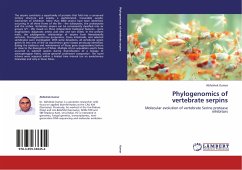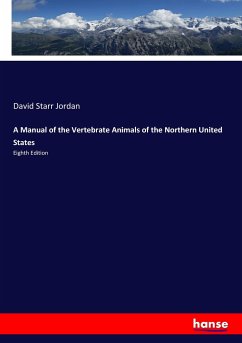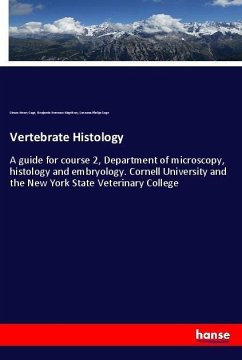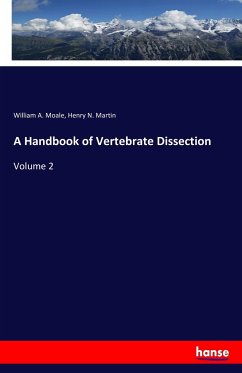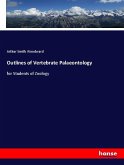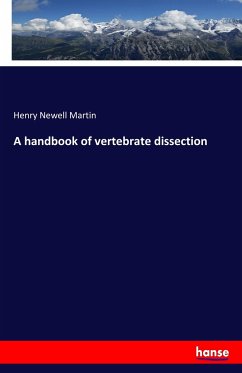The serpins constitute a superfamily of proteins that fold into a conserved tertiary structure and employ a sophisticated, irreversible suicide-mechanism of inhibition. More than 6000 serpins have been identified, occurring in all three forms of the life - the eukaryotes, the prokaryotes and the archea. Vertebrate serpins can be conveniently classified into six groups (V1 - V6), based on three independent biological features - gene organization, diagnostic amino acid sites and rare indels. In the present work, the phylogenetic relationships of serpins from Nematostella vectensis, Strongylocentrotus purpuratus, Ciona intestinalis, and selected vertebrates were investigated. With some deviations, all vertebrate serpin genes fit into one of the six exon/intron gene classes previously identified, dating the existence and maintenance of these gene organizations before or close to the divergence of fishes. Multiple intron acquisition events have occurred in selected serpins during diversification of a lineage of actinopterygian fishes, whose genome underwent compaction. The novel introns were acquired within a limited time interval (on an evolutionary timescale) and only in these fishes.
Hinweis: Dieser Artikel kann nur an eine deutsche Lieferadresse ausgeliefert werden.
Hinweis: Dieser Artikel kann nur an eine deutsche Lieferadresse ausgeliefert werden.

